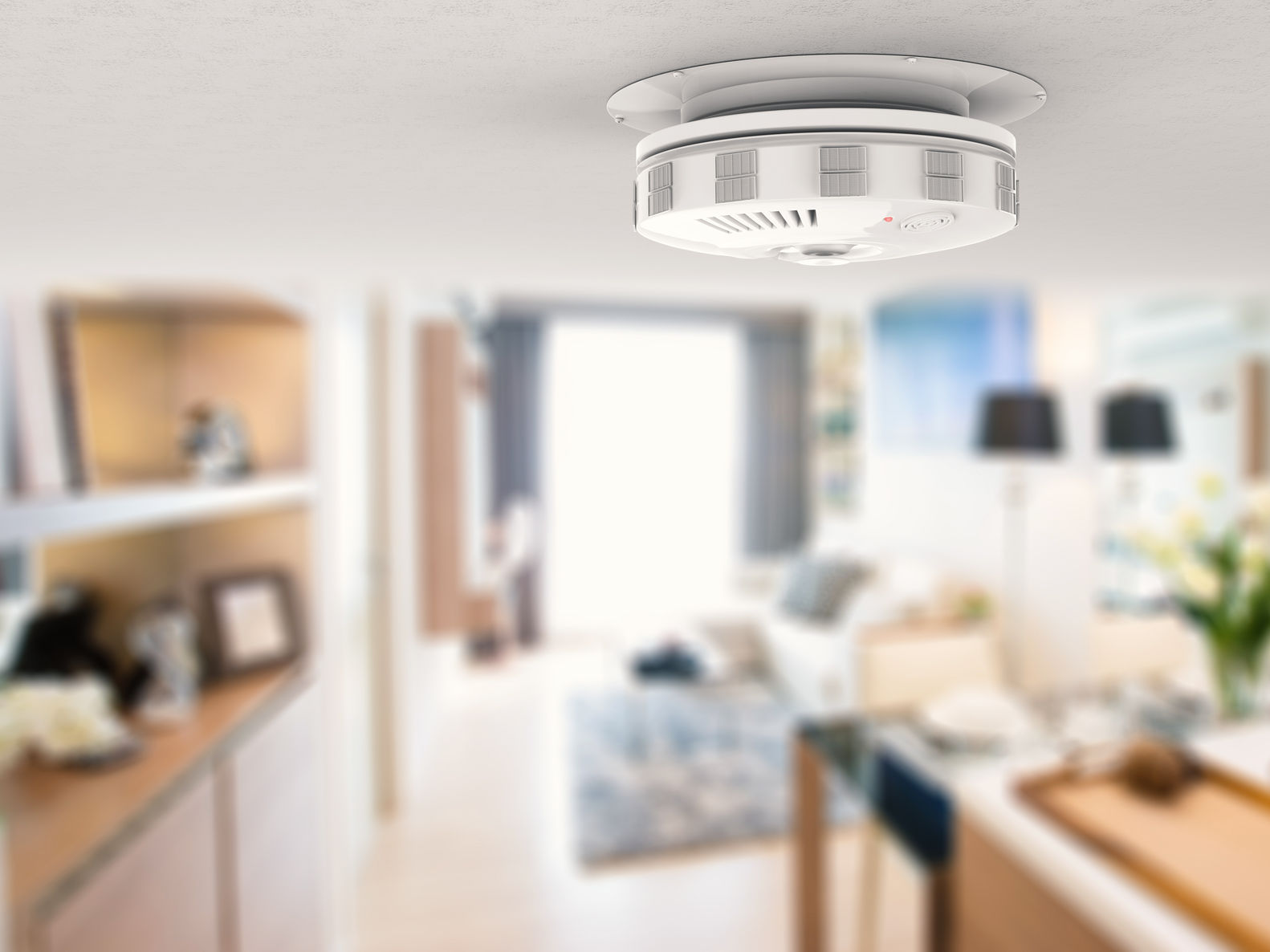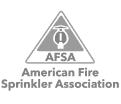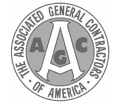How to Clean Up After Using a Fire Extinguisher
Imagine this: you’re working at your desk when a spark jumps from an electrical outlet into your trash can, setting it ablaze. You jump up, grab a fire extinguisher, and use the skills from your company’s fire extinguisher training to quickly and efficiently put out the fire. When the extinguisher is empty, you stand there, triumphant, reflecting on the disaster that you just prevented. Then suddenly, something clicks in your head and you realize that you’ve just sprayed mildly corrosive chemicals all over your office and need to clean it up right away!
What to Do After Using a Fire Extinguisher
Vacuum or Sweep Up Residue
Since the extinguishing material in most fire extinguishers is a dry chemical, the first thing you should do is grab a vacuum cleaner and clean up as much of it as possible. The extinguishant is similar in texture to sand, so you should be able to get a lot of it up. If you have thick, shaggy carpet or other difficult areas in your office, including areas with a lot of crevices, you might want to use a strong shop vac. If you don’t have a good vacuum, you can use a broom or rag to sweep up as much loose residue as possible.
Scrub with a Damp Rag
Once you have all the loose residue picked up, use a damp rag to scrub up whatever is left. Make sure you keep your hands protected, because the chemical can potentially damage your skin.
If you have a sodium bicarbonate or potassium bicarbonate fire extinguisher, you may want to use a vinegar and water solution to clean up stubborn residue.
If you have a foam fire extinguisher, wash the residue away with clean water. The rest of the foam should evaporate after a while.
Get Rid of Remaining Odors
After the area is clean, use an air freshening spray to get rid of any remaining odors from the extinguishing agent.
Call to Replace Your Used Fire Extinguisher
Even if you only discharged a little of the fire extinguisher, the cylinder still needs to be replaced or refilled. If you don’t, it won’t be able to help protect you or your employees if another fire breaks out. Call a local, licensed fire protection company to ensure that all of your fire protection systems (from the sprinkler to the individual extinguishers) are still ready to protect your life and property in the next disaster.
CLEANING UP WET CHEMICAL FIRE EXTINGUISHERS
Wet chemical fire extinguishers knock out Class K (grease and oil) fires that spring up in commercial kitchens. They form a salt compound that crusts over the flames, cutting off the oxygen supply and cooling the area. Wet chemicals also put out Class A fires, making them the perfect addition to restaurant kitchens.
To clean up wet chemical fire extinguisher residue:
- Shut off all cooking equipment in the area and put on rubber gloves.
- Scrub away foamy residue from all surfaces with a cloth or sponge dipped in hot, soapy water.
- Rinse with clean water and dry completely before powering equipment back on.
CLEANING UP CLASS K FIRE EXTINGUISHERS
Class K fire extinguishers are designed specifically to put out grease fires. They spray a fine mist of wet chemicals such as potassium citrate, potassium acetate, or potassium carbonate to create a foamy, soapy layer over the blaze. This retains steam and vapors, absorbing heat from the fire to extinguish it.
To clean up residue from a Class K fire extinguisher, simply wash the area with soapy water, rinse, and dry.
CLEANING UP CLEAN AGENT FIRE EXTINGUISHERS
Clean agent fire extinguishers are used to put out fires in rooms with sensitive items, such as delicate artwork, library books, or electronic equipment. The firefighting agents dissipate into the atmosphere, leaving no residue behind. Therefore, they require no clean-up after discharge.
Things to Consider When Cleaning Up After a Fire Extinguisher
If you get any of the extinguishant on delicate items, such as artwork, electronics, or cooking equipment, you may need to have these professionally cleaned so you don’t damage them with conventional cleaning methods.
Make sure you wear gloves and eye protectors throughout the cleaning process. Dry chemical fire extinguishing agents can be corrosive and can damage your skin if the proper precautions are not taken.
Houston Area Fire Extinguisher Services
Once you’re done cleaning up after using your fire extinguisher, don’t forget to call Kauffman Co. immediately for your Houston area fire extinguisher replacement! You should call for fire extinguisher recharge as soon as possible—if you forget, it could cost you dearly the next time there’s a big fire!
For fire extinguisher services in Texas, call us today at (713) 893-1090 or contact us online.
















